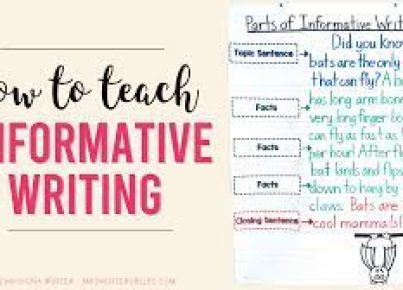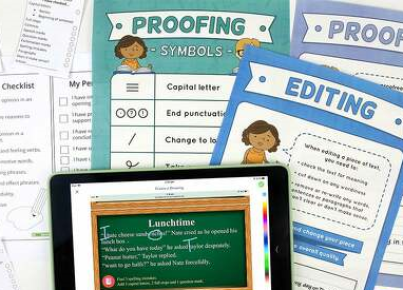Incorporating a writing workshop into your classroom routine is an excellent way to cultivate a love for writing among students and improve their writing skills. A writing workshop is a block of time set aside for students to engage in the various stages of the writing process in a supportive, communal environment. Here is a practical guide to creating a writing workshop in your classroom.
Step 1: Establish Writing Workshop Objectives
Start by outlining clear objectives for your writing workshop. Determine what you want your students to achieve, whether it’s mastering narrative techniques, developing persuasive essays, or exploring poetic forms. Your goals will shape the activities you plan and the structure of your workshop.
Step 2: Schedule Consistent Writing Time
Regular practice is essential in developing writing skills, so schedule your writing workshops at consistent times throughout the week. This could be daily or several times a week, depending on your class schedule. Each session should be long enough for students to immerse themselves in their work—typically 30 to 60 minutes.
Step 3: Create a Supportive Environment
Arrange your classroom to foster collaboration and concentration. Have areas for group discussion, individual writing spaces, and quiet corners for reflection. Encourage respect for the creative process and reinforce that all voices and stories are valued.
Step 4: Introduce the Writing Process
Teach students about the stages of the writing process: prewriting, drafting, revising, editing, and publishing. Create anchor charts or visual aids that outline each stage and discuss how these steps help them develop as writers.
Step 5: Choose Appropriate Writing Prompts
Select prompts that are engaging and appropriate for your students’ age and interests. Mix up genres and themes to keep the content fresh and challenging. Allow students some choice in what they write to increase motivation.
Step 6: Facilitate Mini-lessons
In each session, start with a quick mini-lesson focusing on a specific skill or aspect of writing. This could be character development, sentence fluency, or using sensory details effectively. Keep these lessons short and direct so there’s plenty of time left for independent practice.
Step 7: Guide Peer Reviews
Teach students how to give constructive feedback during peer review sessions. Set clear guidelines on how to critique respectfully and productively. Structure peer reviews as opportunities to learn from each other rather than simply correct mistakes.
Step 8: Allow Time for Revision
Give students ample time to revise their work based on feedback from peers and from you. Make sure they understand that revision is a crucial part of improving their writing.
Step 9: Celebrate Published Work
Provide opportunities for students to share their final pieces with the class or wider community. This can be through readings, classroom displays, or publishing their work in a class anthology.
Step 10: Reflect on Individual Progress
Encourage self-assessment and reflection by having students review their own growth as writers over time. This can help them identify strengths and areas for improvement.
By following these steps, you set up a structured yet flexible framework where creativity can flourish. A well-crafted writing workshop not only enhances literacy skills but also builds confidence and fosters an inclusive community of emerging writers within your classroom.





